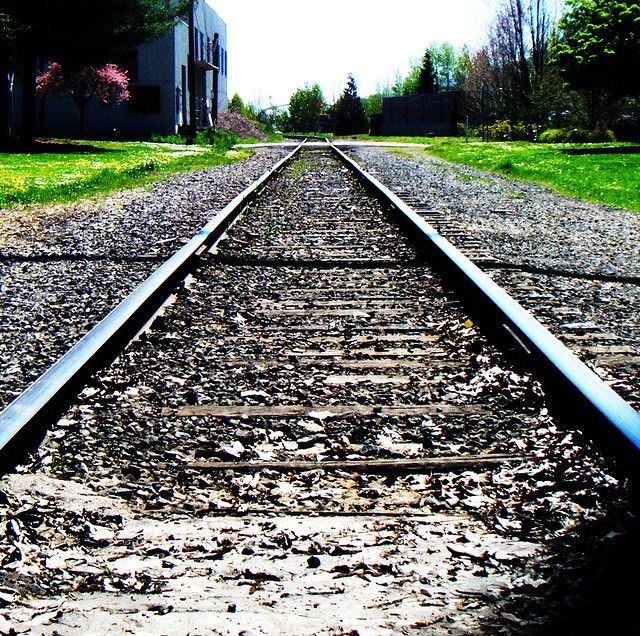
Here on the truckload team we use a lot of different equipment to help our customers move their freight. When we’re moving pieces of machinery or tall tanks, we’ll use a flatbed or a stepdeck. When it doesn’t matter how long it takes to arrive at its destination, we can look at partialling the freight to save our customer money. And when our customers are looking to move dry van freight long distances inexpensively, we look at our intermodal options.
So, what is intermodal? Intermodal is how we move freight through the railroad here at FreightPros. But it’s important to understand there are two main methods of shipping freight over the rail. First is traditional rail/boxcar shipping, which requires direct railroad access at the shipping and receiving locations.
This can cause some logistical issues as rail access is not a common thing for most docks/facilities these days, and rail terminals can be difficult to make arrangements with. The second type of rail shipping, and what we recommend, is intermodal.
Intermodal allows us to get around the obstacles by offering “door-to-door” service, meaning all you need is a dock or forklift to get the material on or off the truck, just like standard truckload dry van service. Basically, a truck arrives at the shipping location and is loaded, it then goes to the rail terminal where the trailer is removed from the truck and secured to the rail chassis. When the train reaches the destination terminal the trailer is removed from the train and hooked up to a truck, which makes the final delivery.
While there are many similarities between intermodal and truckload shipping, there are a handful of major differences. The biggest of these is transit times. It can take weeks for an intermodal shipment to reach its final destination, and once the freight is on the rail there is no way to get it off or speed up delivery.
Next, the freight must be very secure. Freight trains are not known for their smooth rides. Securing the freight is very similar to truckload, but pallets must either be blocked and braced to the floor of the container/trailer or securely strapped. Last is freight cost. When intermodal options are available they can be significantly less expensive than traditional over-the-road truckload shipping.
When the option is available, moving dry van freight over long distances with intermodal can’t be beat for the price. Just remember that it can take significantly longer than over the road truckload and the freight must be correctly secured. If you have any questions about intermodal or truckload shipping, we at FreightPros are always here to help.